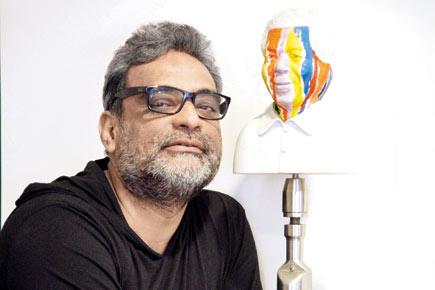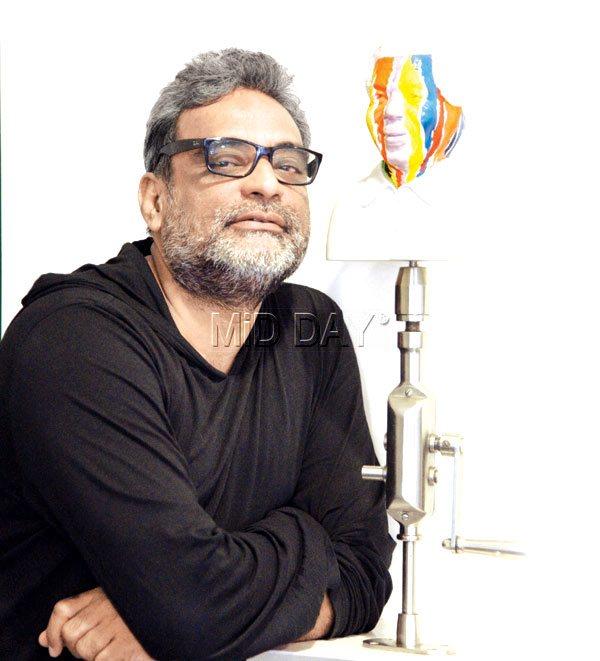Ahead of his next release, 'Ki and Ka', R Balki talks about what happens when gender roles are reversed; how it is difficult to gauge the mindset of the audience and more in a candid interview

R Balki
ADVERTISEMENT
After 'Shamitabh', I got umpteen calls and messages from Amitji and Jayaji, saying you better not wait another four years to make a movie. Start now!” laughs writer-director R Balakrishnan, 50, better known in the film fraternity as R Balki. It’s been a year since 'Shamitabh' released, and his next film, 'Ki and Ka', will be out next month. “I told them I was tired, I wanted to take a break. But they said, no way! Make a movie now. So, I sat right here…” he says, throwing a look around the Khar office he operates from, “and thought of an idea — a love story.”

R Balki. Pic/Suresh KK
Starring Kareena Kapoor and Arjun Kapoor, 'Ki and Ka' follows what happens when established gender roles are reversed. Kareena plays an aggressive professional, while Arjun is a docile house husband, who chooses to “be this way, when he could have been whatever he wanted”.
With 'Ki & Ka', Balki is seeking to challenge the slots we have created in our minds and society. “I wanted to show a different side to love. I like starting my movies at a point different from anything seen before. How does a man express his love for a woman when he is doing what a woman does?” Before he casted for the film, he came across a picture of Kareena and Arjun in a magazine, and realised they would fit the bill. “I wanted a hunk of a man, as masculine as can be. And a girl who is the epitome of femininity. When someone who is out-there manly performs a feminine role, the audience could feel disconcerted, but eventually, they’ll relate to the characters. It turned out to be a fun, light movie.”
Balki, who is known for telling thought-provoking, but simple stories — 'Cheeni Kum' and 'Paa' — wants the audience to walk out of the cinemas feeling, “Maybe, we could live like this too”.
And yet, he admits, he doesn’t know what works for the audience. With decades of advertising experience (he is behind the hugely popular ‘daag ache hain’ campaign), and as Chairman and Creative Director of Lowe Lintas, you’d expect him to know what the audience ‘will buy’.
“I actually don’t. Nobody does. Some movies work, some don’t. God knows why 'Paa' worked and 'Shamitabh' didn’t. It’s a matter of what the movie-goer wants at that moment.” He says it’s the same for advertising.
“For instance, we made a Pepsodent ad in 2001. A musician played the ghattam, which is a matka played like a drum. A kid played the same kind of music by drumming his fingers on his teeth. This idea didn’t gel with the audience; they thought it was a Colgate ad, because Pepsodent had never associated itself with the image of a strong teeth, germ fighting toothpaste. I thought it was a brilliant ad, but it didn’t work.”
What he is clear about, though, is that Bollywood needs entertaining movies. “[We need] movies that engage people. But what engages people also changes every two years, so, it’s not like we are making better movies now than we were before.” He picks a subject “that’s trippy”, and then justifies the trip by being disciplined about making it. “Pick a subject people are curious to know more about. That’s how you’ll reach out to everyone. That’s the aim.”
 Subscribe today by clicking the link and stay updated with the latest news!" Click here!
Subscribe today by clicking the link and stay updated with the latest news!" Click here!







